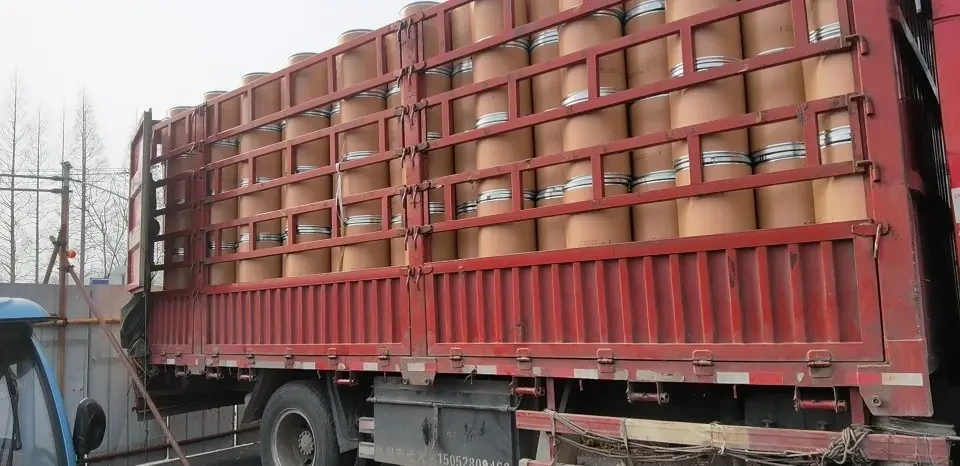The Cost Dynamics of Polyacrylamide An In-Depth Analysis
Polyacrylamide, a polymer derived from acrylamide monomers, is widely utilized in various industries ranging from water treatment to oil recovery and even cosmetics. As demand for this versatile compound continues to grow, understanding its cost dynamics becomes essential for manufacturers, researchers, and end-users alike. This article delves into the factors influencing the cost of polyacrylamide, its market trends, and what the future may hold for this critical material.
Factors Influencing Polyacrylamide Costs
1. Raw Material Prices The primary ingredient in polyacrylamide production is acrylamide, which is derived from petroleum-based products. Fluctuations in oil prices can significantly affect the cost of acrylamide, and consequently, the price of polyacrylamide. As global oil prices rise or fall due to geopolitical tensions, supply chain disruptions, or changes in production levels, the cost of raw materials directly impacts the final product price.
2. Production Process The manufacturing process of polyacrylamide is intricate and energy-intensive. It requires considerable infrastructure and technological investment, which can drive up production costs. Economies of scale play a vital role; larger manufacturers often produce at lower costs than smaller competitors. Innovations in production technology can also reduce costs over time, allowing manufacturers to pass savings onto consumers.
3. Purity and Quality Requirements The cost of polyacrylamide varies significantly based on its intended use. Specialty grades that require higher purity and stringent quality controls can be considerably more expensive than standard grades. For example, polyacrylamide used in pharmaceuticals or food-grade applications demands rigorous testing and compliance with regulatory standards, reflecting higher production costs.
4. Market Demand and Supply The balance between supply and demand is a fundamental economic principle affecting the price of polyacrylamide. Increased demand from sectors such as wastewater treatment and oil & gas has driven prices up in recent years. Conversely, a downturn in demand can lead to price reductions. The COVID-19 pandemic illustrated how sudden demand shifts could irrationally affect costs, with some industries seeing spikes while others languished.
polyacrylamide cost

5. Regulatory Environment Environmental regulations concerning the production and use of polyacrylamide can impact costs. Stricter regulations may necessitate advanced purification technologies or alternative production methods, which can increase the overall expenses associated with manufacturing. Compliance with these regulations, while necessary for environmental protection, adds another layer to the cost structure.
Market Trends and Projections
The market for polyacrylamide has shown a robust growth trajectory, predicted to continue in the coming years. Rising awareness of water scarcity and the need for efficient water treatment solutions are increasing the demand for polyacrylamide in the water treatment sector. Moreover, the oil & gas industry's ongoing growth, along with advancements in hydraulic fracturing techniques, ensures sustained demand for polyacrylamide-based products.
However, sustainability trends may impact future pricing. As industries shift towards greener alternatives, bio-based polyacrylamide and alternative polymers may emerge as competitors, potentially moderating costs in certain applications. Companies that invest in sustainable practices and green chemistry may not only reduce their cost exposure but also appeal to an environmentally conscious market.
Conclusion
The cost of polyacrylamide is influenced by a complex interplay of raw material prices, production processes, quality requirements, market dynamics, and regulatory landscapes. As industries evolve and new technologies emerge, the future of polyacrylamide pricing will likely reflect these changes. Stakeholders in various sectors must stay attuned to these factors to navigate the ever-changing cost landscape effectively. Embracing innovation and sustainability, while being mindful of economic trends, will be key strategies for managing costs associated with polyacrylamide in the years to come.

